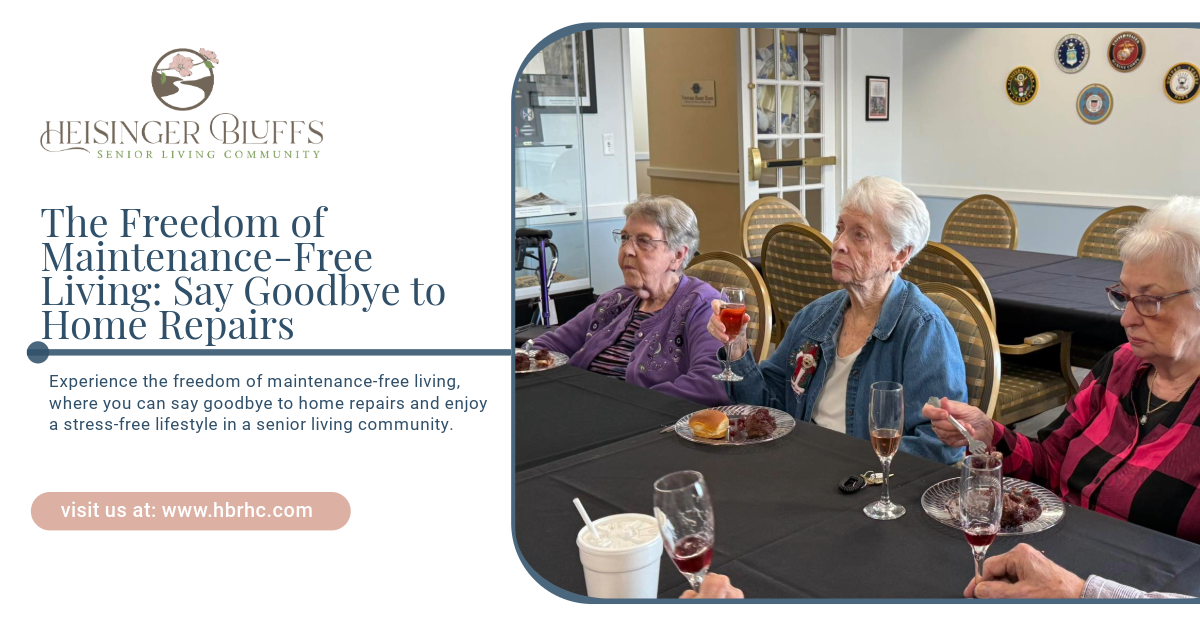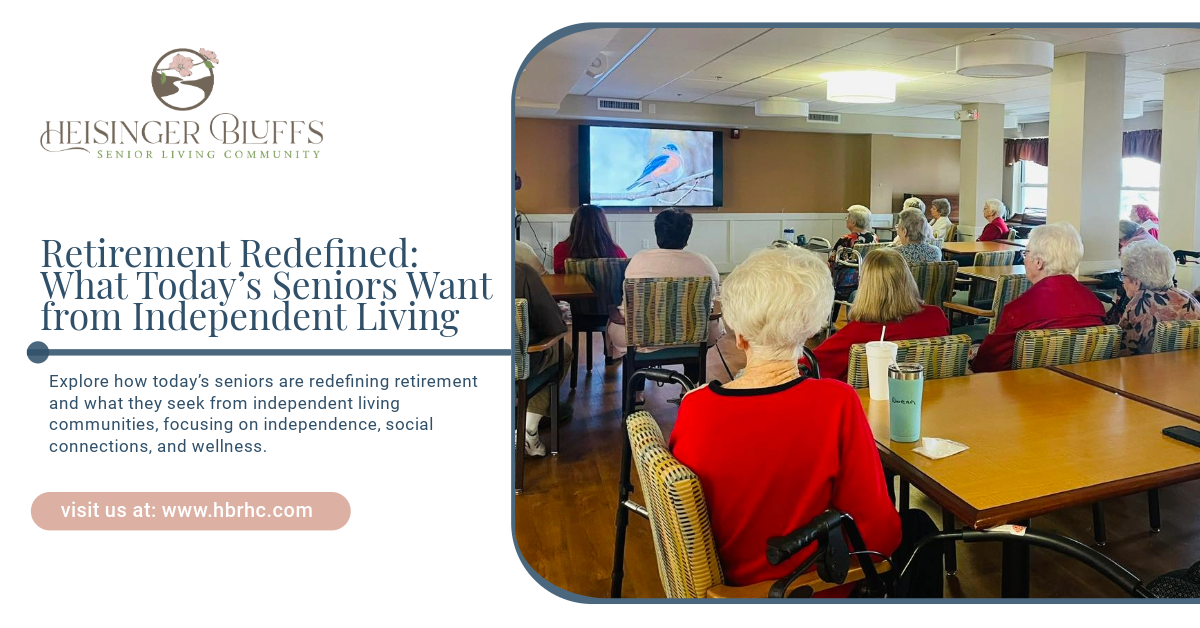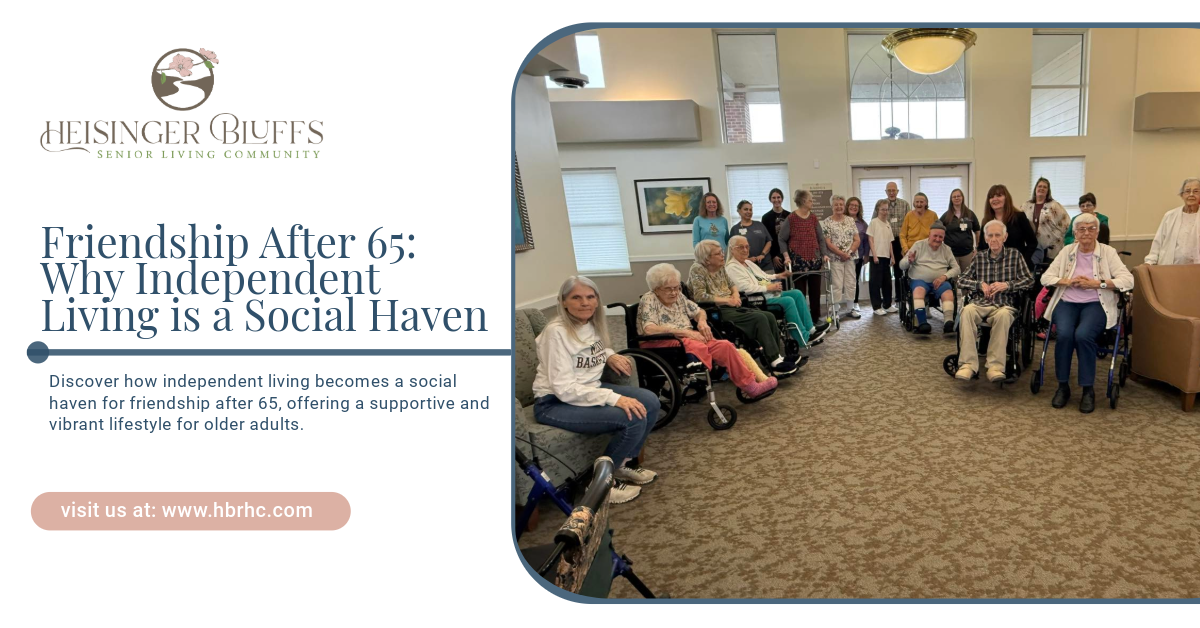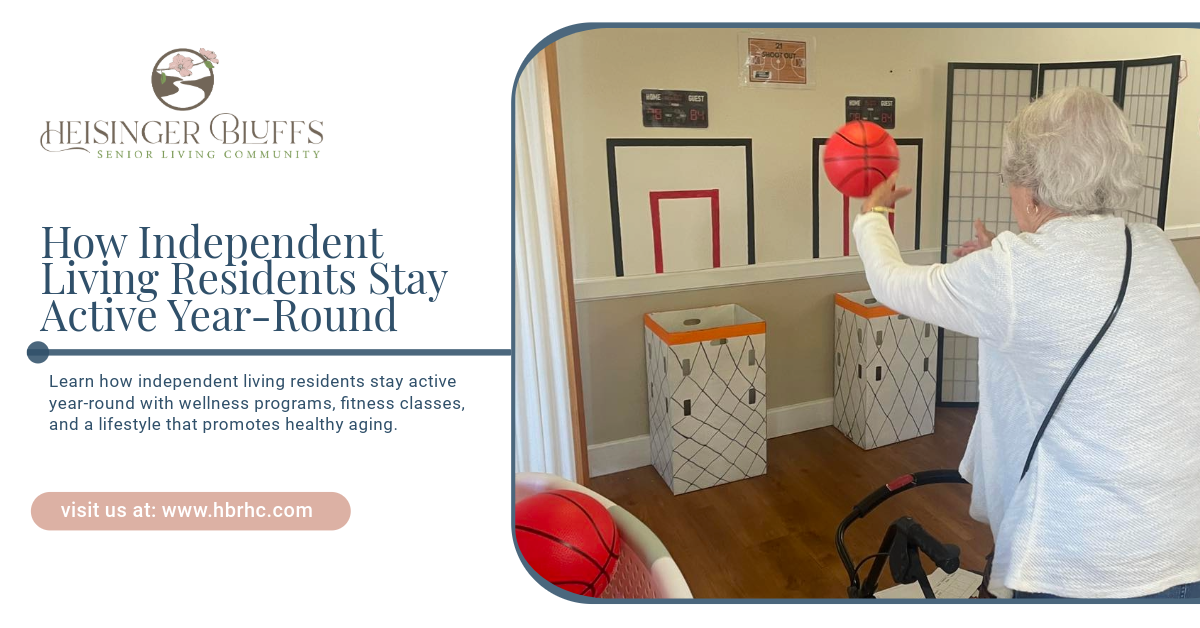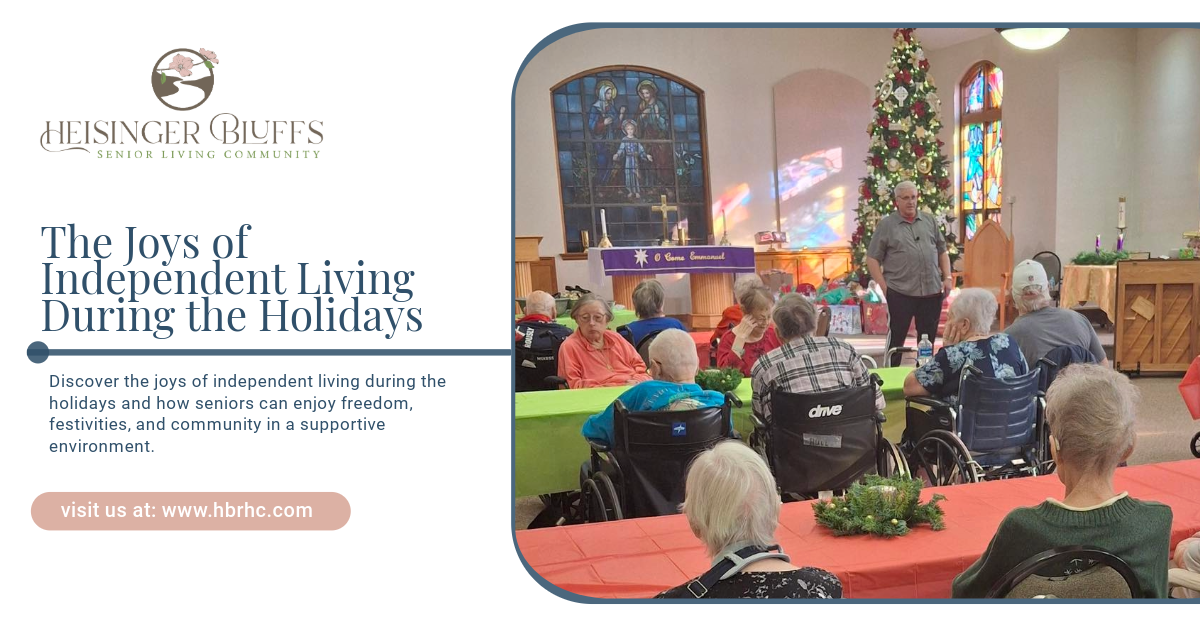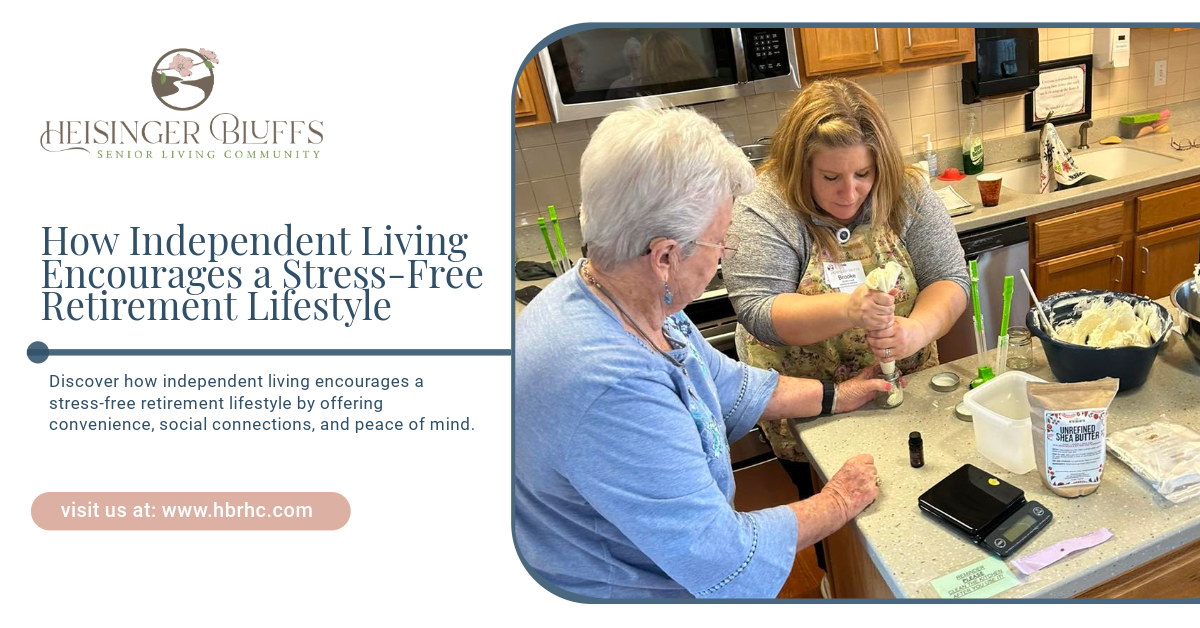Get in touch
How Senior Living Communities Support Couples with Different Care Needs

Aging can bring unique challenges, especially for couples who have different care needs. One partner may remain independent, while the other requires assisted living or specialized memory care. Fortunately, senior living communities provide flexible solutions that allow couples to stay together while ensuring both receive the right level of care.
This article explores how senior living communities cater to couples with varying care needs, the benefits of these arrangements, and key factors to consider when choosing the right community.
The Challenge of Aging as a Couple
Many couples dream of growing old together, but differing health needs can complicate that vision. When one partner requires more assistance than the other, it can place emotional and physical strain on both individuals. The healthier spouse may become a full-time caregiver, which can be exhausting and overwhelming.
Senior living communities offer a solution by providing personalized care while enabling couples to stay together. These communities are designed to support individual health needs while maintaining a shared lifestyle for partners.
How Senior Living Communities Accommodate Different Care Needs
Senior living communities provide various levels of care within the same campus, ensuring that couples can remain close even if their needs differ. Here’s how they achieve this balance:
1. Independent and Assisted Living Options
Many communities offer both independent living and assisted living under one roof. This allows one partner to remain in an independent apartment while the other receives daily assistance with activities such as bathing, dressing, and medication management.
- Example: One spouse may enjoy a fully independent lifestyle, participating in social activities and outings, while the other has caregivers assisting with daily tasks.
2. Memory Care for Cognitive Support
If one partner develops Alzheimer’s or dementia, memory care units provide specialized care and a safe environment. Many communities offer transitional options where the healthier spouse can live nearby and visit frequently.
- Example: A husband with dementia may move to a secure memory care unit, while his wife continues to live in assisted or independent living just steps away.
3. Personalized Care Plans
Each resident receives a customized care plan tailored to their needs. These plans can be adjusted as conditions change, ensuring that both spouses receive the appropriate level of support.
- Example: A wife recovering from surgery may need temporary rehabilitation services before returning to independent living.
4. Shared or Adjacent Living Arrangements
Many senior living communities allow couples to share an apartment, even if one partner requires more care. Alternatively, they may offer adjacent units, allowing easy access between residences.
- Example: A couple may live together in an apartment with in-home care services provided for the partner who needs assistance.
5. On-Site Healthcare Services
Many communities have on-site healthcare professionals, including nurses, therapists, and physicians. This ensures quick access to medical care and reduces the need for external appointments.
- Example: A husband with diabetes can receive regular blood sugar monitoring and insulin management without leaving the community.
The Benefits of Senior Living for Couples with Different Care Needs
1. Reducing Caregiver Burnout
When one spouse takes on a caregiving role, it can be emotionally and physically exhausting. Senior living communities provide professional assistance, allowing both partners to maintain their quality of life.
2. Enhancing Social Engagement
Senior living offers a vibrant social environment where both individuals can participate in activities tailored to their abilities and interests. This helps prevent loneliness and isolation.
3. Ensuring Safety and Security
Communities are designed with seniors' needs in mind, offering fall prevention features, emergency call systems, and 24/7 staff availability to ensure safety.
4. Providing a Continuum of Care
As health needs change, senior living communities adapt to provide higher levels of care without requiring couples to relocate to a new facility.
5. Improving Quality of Life
By receiving the right level of support, both partners can enjoy their later years together without the stress of managing healthcare alone.
Choosing the Right Senior Living Community
When selecting a community for a couple with different care needs, consider the following factors:
1. Levels of Care Available
Look for a community that offers a full spectrum of care, including independent living, assisted living, memory care, and skilled nursing.
2. Flexibility in Living Arrangements
Find out if the community allows couples to live together in the same unit or in close proximity.
3. Quality of Care Services
Research staff qualifications, care options, and resident reviews to ensure high-quality healthcare services.
4. Cost and Financial Planning
Understand pricing structures and payment options, including long-term care insurance, Medicare, and veterans’ benefits.
5. Community Atmosphere
Visit the community, talk to current residents, and observe the environment to ensure it feels welcoming and engaging.
Transitioning to Senior Living as a Couple
Moving to a senior living community can be a significant change, but proper planning can ease the transition:
- Have Open Conversations: Discuss expectations, fears, and desires as a couple before making a decision.
- Tour Multiple Communities: Compare different options to find the best fit.
- Involve Family Members: Seek support from adult children or other relatives in the decision-making process.
- Plan for the Future: Choose a community that offers adaptable care services to meet evolving needs.
Senior Living Provides Comfort and Peace of Mind
For couples with different care needs, senior living communities offer the perfect balance of support and independence. These communities ensure that both partners receive personalized care while continuing to enjoy life together.
At Heisinger Bluffs, we understand the importance of keeping couples together, even when their care needs differ. Our senior living community provides a range of personalized care options, from independent living to specialized memory care. Contact us today to learn how we can help you and your loved one find the perfect home.
Frequently Asked Questions (FAQs)
Can couples live together in a senior living community if one needs more care than the other?
Yes! Many senior living communities offer flexible arrangements, allowing couples to live together while providing individualized care for each partner.
What happens if one spouse's health needs change over time?
Senior living communities offer adaptable care plans, meaning residents can transition to a higher level of care as needed without having to move far from their partner.
How can we afford senior living if one spouse requires more care than the other?
Financial options include long-term care insurance, veterans’ benefits, Medicaid, and other resources. Many communities also offer flexible pricing based on the level of care required.
Resources:
- https://www.mayoclinic.org/healthy-lifestyle/healthy-aging/in-depth/fall-prevention/art-20047358
- https://www.medicare.gov/
- https://www.va.gov/health-care/about-va-health-benefits/long-term-care/
- https://www.alz.org/
- https://www.aplaceformom.com/caregiver-resources/articles/couples-in-assisted-living



Want to know more?
We will get back to you as soon as possible.
Please try again later.
You May Also Like To Read
Heisinger Bluff’s Life Plan Community is here to make your senior years safe, stimulating and enjoyable so that you can savor the present, knowing the future will be taken care of.
QUICK LINKS
CONTACT
©2024. Heisinger Bluffs. All rights reserved.


